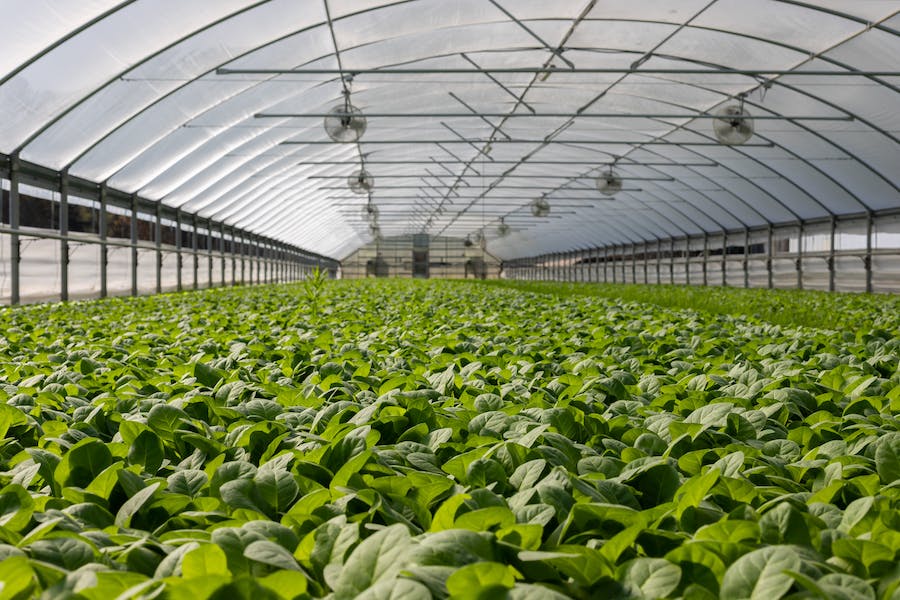
A greenhouse serves as the ultimate haven for cultivating seedlings and nurturing a thriving array of plants. Yet, the key to unlocking its full potential lies in envisioning its primary purpose, guiding a streamlined planning and design process.
Imagine the possibilities: Will your greenhouse be a year-round sanctuary or a winter refuge for your green companions? Asking the right questions becomes the compass directing you toward the perfect greenhouse tailored to your needs. Picture a well-planned and expertly built botanical garden greenhouse as the gateway to a lifetime of gardening delight — a space where organic fruits and vegetables flourish, where seedlings sprout early, where tropical plants find refuge during winter, and where your favorite hobby blossoms perennially.
As you embark on this exciting venture, contemplate essential considerations that will shape the vision of your ideal greenhouse. Ponder upon the optimal location—snuggled against your home or standing proudly amidst a garden oasis? Delight in the prospect of crystal-clear glass or resilient polycarbonate glazing, weighing the advantages and costs that cater to your aspirations.
The whims of the seasons shouldn’t impede your gardening joy. Consider how you’ll warmly embrace your plants in winter and provide a cool haven during the heat of summer. Navigate the labyrinth of permits and foundations, ensuring a solid foundation for your greenhouse dreams to blossom.
In this exhilarating journey, seasoned horticulturists stand ready to unravel the mysteries of greenhouse planning. Let the expertise of these green-thumb maestros guide you through the maze of decisions, offering insights that transform your greenhouse from a mere structure into a thriving ecosystem. Your questions, whether about location, materials, or temperature control, find satisfying answers through the wisdom of those who understand the art and science of greenhouse cultivation.
So, envision your dream greenhouse — a place where the joy of gardening knows no bounds. Let the seasoned voices of experience guide you, ensuring that every decision sows the seeds of success. With the right queries answered by horticultural wizards, your greenhouse journey promises not just a structure but a legacy of flourishing gardens and a lifetime of horticultural bliss.
Tips To Design A Greenhouse
Designing the perfect greenhouse is a thrilling endeavor that involves careful consideration of various factors to create an environment conducive to optimal plant growth. Here are eight essential ways to ensure your greenhouse is a haven for flourishing vegetation:
Define Your Purpose
Clearly articulate the primary purpose of your greenhouse. Are you looking to cultivate plants year-round, start seedlings early in the season, or protect delicate specimens during the winter? Defining your goals sets the tone for the design process and helps in selecting the most suitable features. If you are not a hobby grower and the purpose is for commercial use like a plant nursery business or growing specialized crops like cannabis, then several customizations have to be carried out based on the purpose of use.
Choose the Right Location
Selecting the optimal location is paramount. Consider factors such as sunlight exposure, wind direction, and proximity to water sources. The greenhouse should receive maximum sunlight throughout the day while being shielded from harsh winds. If possible, position it close to a water source for convenient irrigation so that the pipeline’s cost can be minimized.
Decide on Structure Type
Determine whether your greenhouse will be freestanding or attached to your home. Each option comes with its own set of advantages. A freestanding greenhouse allows for more flexible positioning and sizing, while an attached one can benefit from shared heating and cooling with the house. Most sunrooms in places that receive wind and snow, will prefer an attached greenhouse, as this place becomes the family’s bonding space, especially during Thanksgiving and holidays.
Select Glazing Material
The choice between glass and polycarbonate for glazing impacts insulation, light diffusion, and cost. Glass provides excellent clarity and insulation but can be heavy and expensive. Polycarbonate is lightweight, durable, and cost-effective, but it may diffuse light differently. Make a choice based on your specific needs and budget so that you can explore options within the scope permitted.
Implement Adequate Ventilation
Proper ventilation is crucial for temperature control and preventing humidity buildup. Consider roof vents, side vents, or louvers that can be automated for efficient airflow. Adequate ventilation not only regulates temperature but also minimizes the risk of fungal diseases. With ventilation, the humidity levels are naturally regulated and if the place does not receive enough sunlight then the windows can be kept closed, and grow lights can be used.
Address Heating and Cooling Needs
Devise a strategy for maintaining optimal temperatures. In colder months, a heating system may be necessary, while shading and ventilation become crucial in the heat of summer. Explore options such as radiant floor heating, forced-air heaters, or evaporative cooling systems, depending on your local climate.
Establish a Solid Foundation
Ensure your greenhouse has a stable foundation that accommodates the structure’s weight and withstands environmental factors. A well-designed foundation prevents settling and provides the necessary support for the entire greenhouse system.
Understand Permit Requirements
Investigate local regulations and permit requirements before embarking on your greenhouse project. Some areas may have restrictions on the size and location of structures. Complying with these regulations ensures a smooth construction process and avoids potential legal complications.
Conclusions:
Designing the perfect greenhouse is a thoughtful process that involves a holistic approach. By defining your purpose, choosing an ideal location, and considering structural elements such as glazing and ventilation, you can create a haven for plants to thrive. Addressing heating and cooling needs, establishing a robust foundation, and understanding permit requirements ensure a seamless construction process. With these considerations in mind, your greenhouse becomes not only a structure but a carefully crafted environment fostering the flourishing beauty of your botanical pursuits.
The perfect greenhouse is a personalized journey where functionality meets creativity. There’s no one-size-fits-all approach, allowing you the freedom to tailor the space to your unique preferences. Embrace the balance of functional considerations, such as glazing and ventilation, with the exciting opportunity to infuse your greenhouse with personal touches.








